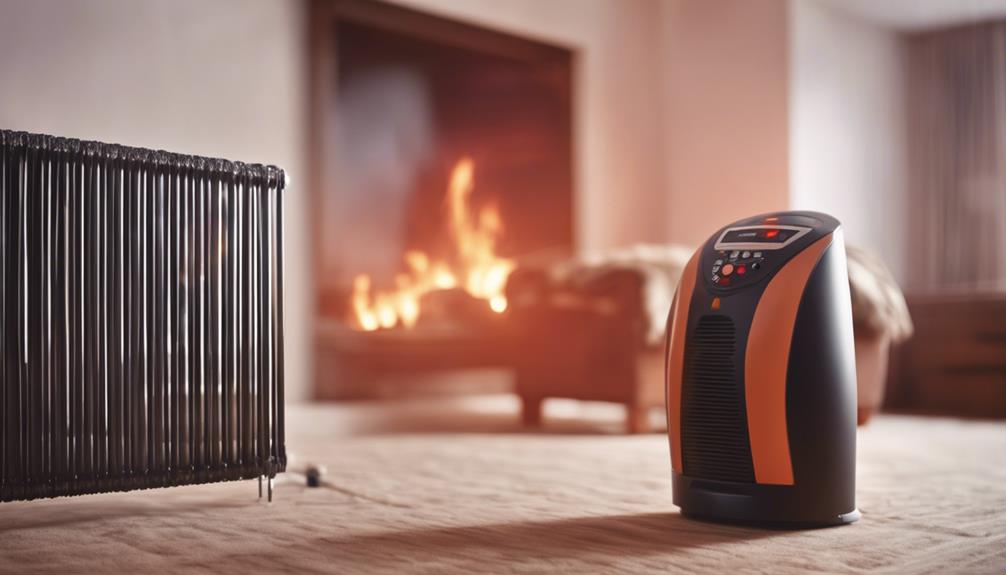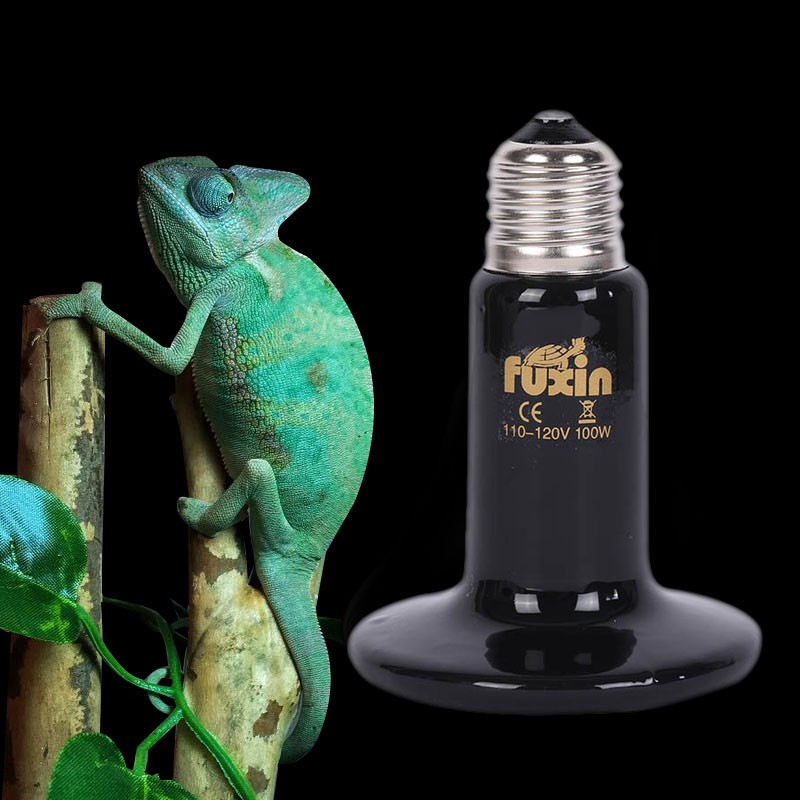
Infrared heaters excel in energy efficiency, transferring a remarkable 80% to 100% of energy directly into radiant heat compared to conventional heaters' 50-70%. Their focused heat distribution targets specific areas, avoiding unnecessary heating of unused spaces, leading to lower energy bills. The rapid heating capability not only saves energy but also reduces environmental impact. With a simple design, fewer moving parts, and an average lifespan of 80,000 hours, infrared heaters require minimal maintenance. By emitting nearly zero greenhouse gases and contributing to emission reduction efforts, they offer efficient and sustainable heating solutions.
Understanding Infrared Heating Technology

Utilizing electromagnetic radiation, infrared heating technology efficiently transfers heat directly to objects and individuals in its path. Infrared waves, with wavelengths longer than visible light, are responsible for this efficient heat transfer.
Unlike traditional convection heating methods that rely on warming the air, infrared heaters emit infrared radiation that heats objects and people directly, providing a more rapid and targeted heating solution.
The heating mechanisms of infrared heaters involve the production of infrared waves through the use of a heating element, such as a quartz tube or a metal coil. When electricity flows through the heating element, it becomes hot and emits infrared radiation.
This radiation then travels in a straight line, heating any solid objects or individuals it comes into contact with. This direct transfer of heat reduces energy wastage by avoiding the need to heat the surrounding air, making infrared heaters a more energy-efficient option for heating spaces.
Higher Energy Efficiency Levels
Achieving superior energy efficiency levels, infrared heaters directly transfer heat to objects and individuals, minimizing energy wastage commonly associated with traditional heating methods.
Infrared heater performance is often measured by their ability to convert a high percentage of the energy they consume into radiant heat. Energy consumption analysis shows that these heaters operate at efficiency levels ranging from 80% to 100%, compared to conventional heaters that can be as low as 50-70%. This means that a significant portion of the energy used by infrared heaters is converted into heat, resulting in lower energy bills and reduced environmental impact.
Furthermore, the focused heat distribution of infrared heaters plays an essential role in their energy efficiency. By targeting specific areas or objects, they avoid heating unused spaces, unlike traditional systems that heat the entire room. This targeted approach not only saves energy but also provides quick and efficient heating where it's needed most.
As a result, infrared heaters offer a practical solution for achieving higher energy efficiency levels in heating applications.
Cost-Effective Heating Solutions

Infrared heaters offer a cost-effective heating solution due to their efficient energy conversion and focused heat distribution. These heaters are considered alternative heating options that provide budget-friendly solutions for various spaces.
The cost-effectiveness of infrared heaters stems from their ability to convert a high percentage of the energy they consume into radiant heat, minimizing energy wastage commonly seen in traditional heating systems. By directly heating objects and individuals in their path instead of heating the air in a room, infrared heaters can achieve peak comfort levels more rapidly and with less energy consumption.
This targeted heating approach not only saves energy but also reduces heating costs by focusing the warmth where it's needed most. Additionally, the ability of infrared heaters to operate using electricity as their power source makes them a cost-effective option compared to systems that rely on fossil fuels.
Zoning for Targeted Heating
To enhance energy efficiency and heat distribution, consider implementing a zoning system for targeted heating with infrared heaters.
Zoning allows you to divide your space into different areas or rooms, each with its thermostat, enabling you to heat only the areas that require warmth. By creating individual comfort zones, you can avoid heating unoccupied rooms or spaces that are already at a comfortable temperature. This targeted approach minimizes energy wastage and guarantees that each area receives the right amount of heat based on its specific needs.
Infrared heaters are particularly effective in zoning systems as they provide instant heat to people and objects within their range, rather than heating the air.
This targeted heat distribution guarantees that the energy emitted by the heater is utilized efficiently, avoiding unnecessary heat loss. By zoning for targeted heating with infrared heaters, you can maintain peak comfort levels in different areas while maximizing energy efficiency.
Reduced Heat Loss for Savings

Implementing zoning for targeted heating with infrared heaters markedly reduces heat loss, resulting in substantial energy savings. By focusing heat directly on specific areas or individuals, infrared heaters minimize wasted energy that occurs with traditional heating systems. This targeted approach enhances heat retention within the designated zones, ensuring that warmth is effectively maintained where it's needed most.
Furthermore, when combined with proper insulation techniques, such as sealing gaps and adding adequate insulation to walls and ceilings, the reduction in heat loss is even more pronounced. Insulation works hand in hand with infrared heaters by creating a barrier that helps trap heat within a space, allowing the heaters to operate more efficiently and effectively.
This synergy between infrared heating and insulation techniques not only maximizes energy savings but also contributes to a more environmentally friendly and sustainable heating solution for your home or business.
Longer Lifespan, Lower Maintenance
Maximizing the lifespan of your infrared heater involves implementing regular maintenance practices to confirm peak performance and efficiency. Infrared heaters are known for their longevity, with an average lifespan of 80,000 hours or more, considerably outlasting traditional heating systems. This extended lifespan is attributable to their simple design and fewer moving parts, reducing the chances of mechanical failure.
One key factor contributing to the longer lifespan of infrared heaters is their superior heat retention capabilities. Unlike conventional heaters that rely on circulating air to distribute warmth, infrared heaters emit radiant heat that directly warms objects and individuals in the room. This focused heat transfer minimizes energy waste and guarantees consistent heating without the need for frequent adjustments or repairs.
Furthermore, the installation simplicity of infrared heaters plays an essential role in lowering maintenance requirements. With straightforward mounting options and minimal electrical components, these heaters are easy to install and require less servicing over time.
Environmental Benefits of Infrared Heating

The energy-efficient nature of infrared heaters not only prolongs their lifespan but also contributes positively to the environment through reduced carbon emissions and energy conservation. Infrared heaters offer significant sustainability impact by emitting almost zero greenhouse gases during operation.
Compared to traditional heating methods, infrared heaters produce lower emissions, making them a more environmentally friendly option. By using infrared heating, you can actively participate in emission reduction efforts while enjoying efficient heating solutions.
Additionally, the focused heat distribution of infrared heaters allows for precise temperature control, leading to energy conservation. This targeted heating approach minimizes energy wastage, further enhancing the environmental benefits of using infrared heaters.
Conclusion
To sum up, infrared heaters offer superior energy efficiency compared to traditional heating methods.
With their ability to heat objects directly and minimize heat loss, they provide cost-effective and targeted heating solutions.
Infrared heaters also have a longer lifespan and require less maintenance, making them a sustainable choice for both residential and commercial settings.
Overall, investing in infrared heating technology can lead to significant energy savings and environmental benefits in the long run.

